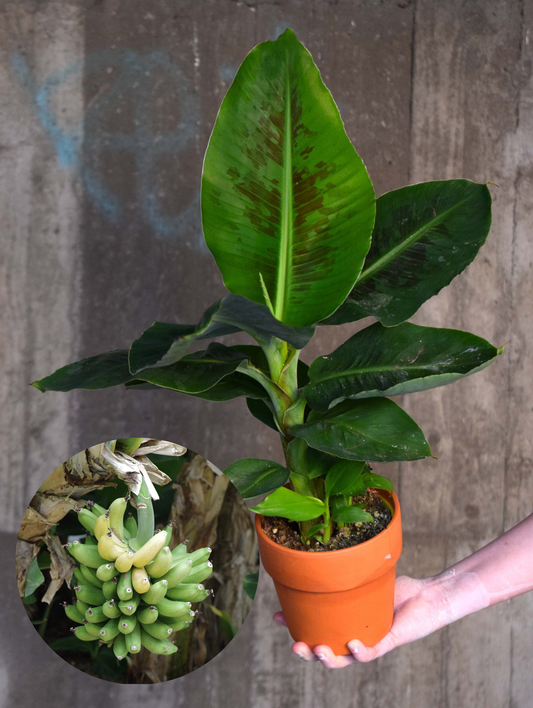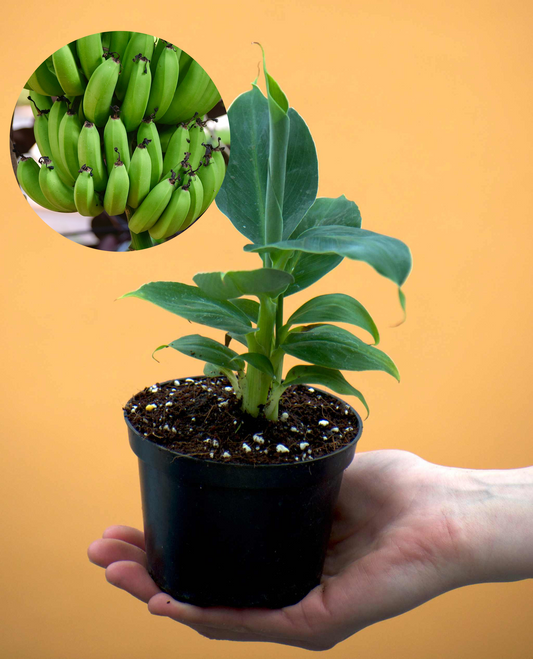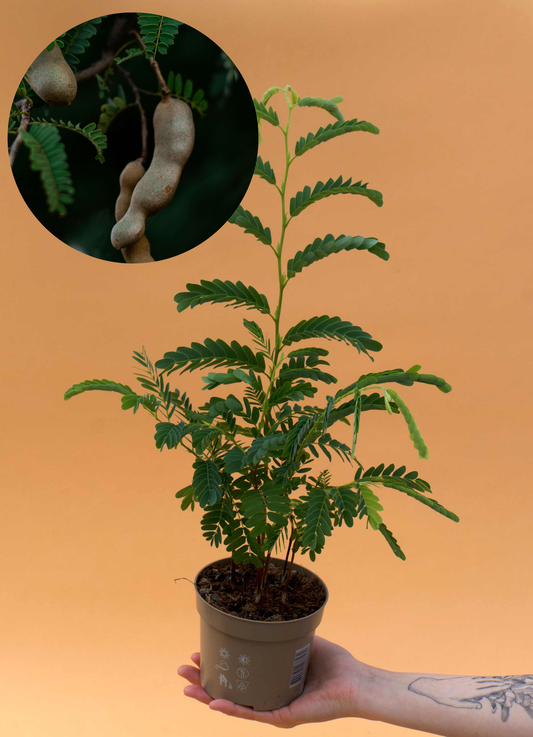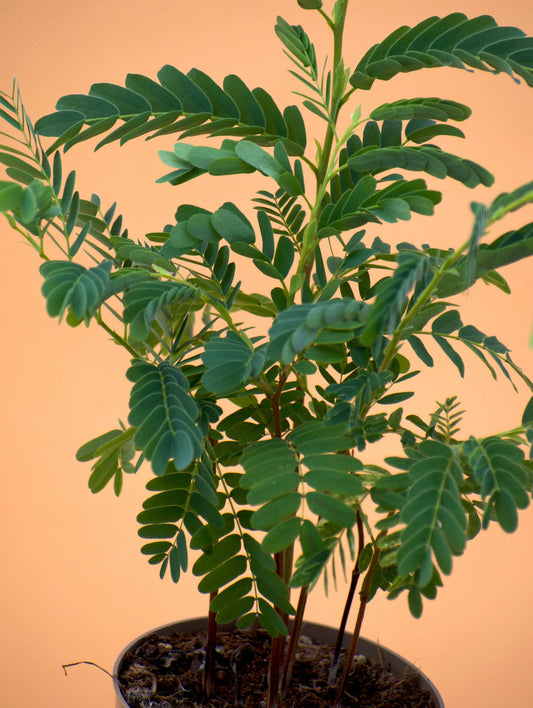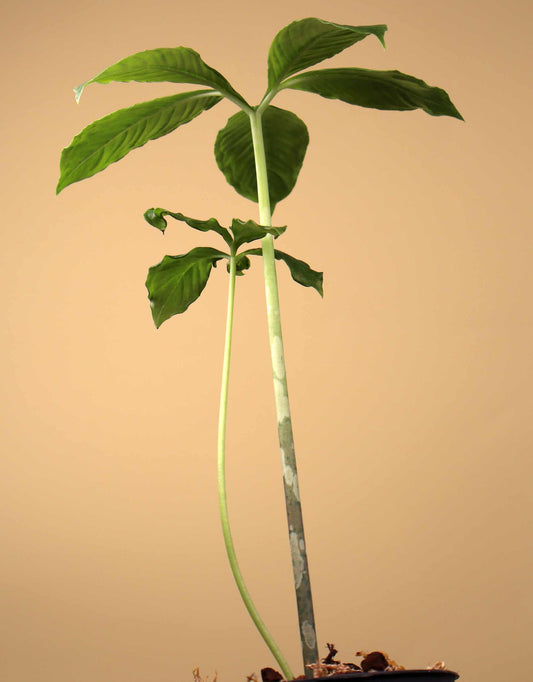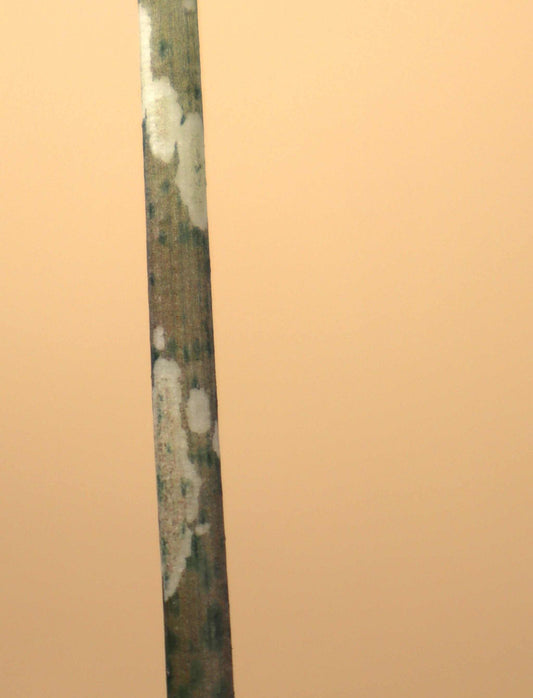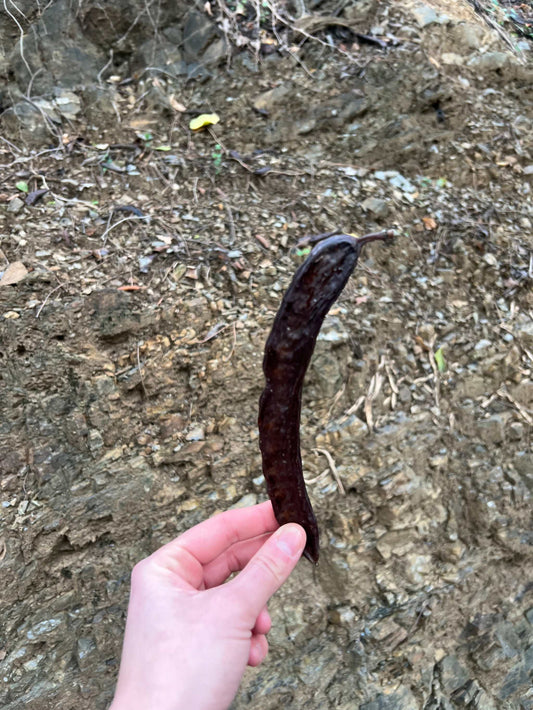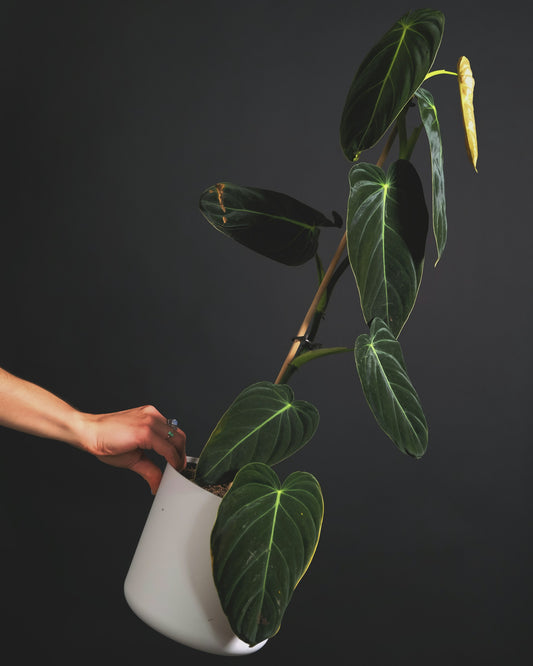Share
How to grow and care for vanilla orchid
And maybe get some vanilla beans at home!
Have you ever wondered where that wonderful vanilla flavor in your baking comes from? The answer may be surprising: real vanilla is extracted from the fruit of an orchid! This tropical plant, known as the vanilla orchid ( Vanilla planifolia ), belongs to the vanilla genus and is actually one of the most sought-after orchids in the world . Not least for the expensive spices that its fruit gives us: vanilla pods.
You can buy your own vanilla orchid here!

Vanilla planifolia 'true vanilla' growing inside a greenhouse in Poland.
The natural environment of the vanilla orchid
In its natural environment in Central and South America, the vanilla orchid grows as a climbing plant, often up to several meters long. The vanilla flower winds around tree trunks with its aerial roots.

To recreate this tropical climate indoors, the plant needs a support to climb on, such as a trellis or moss stake.
Vanilla orchids thrive best in warm, humid climates and are sensitive to cold. Vanilla plants also require high humidity and plenty of light, but not direct sunlight. It is this combination of tropical conditions that makes growing vanilla at home a bit of a challenge, but with the right care you can succeed!
Planting vanilla plant
To give your vanilla orchid a good start, choose an orchid pot and fill it with an airy orchid soil . For example , our mix of bark, perlite and orchid moss.
Repot your vanilla flower about every three years or when you see aerial roots starting to grow out of the pot. When repotting, it is important to cut off any damaged or rotten roots with clean tools. Then fill with new orchid soil and place the vanilla in a moist, bright space.

Vanilla grows like a vine, climbing upwards towards the light.
Light and water
The vanilla orchid will not bloom without enough light , but too much direct sun can burn the leaves. Place the plant in a window that receives bright, indirect light, or use a grow light that is on for 12–14 hours daily. Read more about plant lighting for tropical plants here.
When it comes to watering, keep the soil evenly moist but not soggy. During the growing season (summer), you can water two to three times a week and reduce during the winter . The aerial roots also appreciate being lightly sprayed with water daily to keep the humidity high.

One of our vanilla plants on trellis.
Flowers and vanilla beans - How do vanilla pods grow?
To get flowers and vanilla beans, the orchid needs to be at least two to three years old and receive the right balance of light, heat and humidity. When the plant flowers, it produces vanilla flowers that only open for a single day, so hand pollination is a must if you want to get fruit on your vanilla orchid.
The flowers are best pollinated using a cotton swab or toothpick, and if you are successful, they will wither and turn into green, oblong fruits. These vanilla beans mature after 8–9 months and can be harvested when they are about 15–25 cm long. To obtain the typical vanilla flavour, the beans must then be dried and fermented.

The humid environment that the vanilla flower thrives in. Photo: Michel Grisoni Nov 20, 2005
Humidity and temperature
The vanilla orchid thrives in tropical conditions with daytime temperatures between 27–29°C and nighttime temperatures around 16–18°C. Humidity should be between 70–80%. To maintain these conditions indoors, you can use a humidifier or place the plant on a tray filled with water and pebbles.
Propagation of vanilla orchid
The vanilla orchid can be propagated by taking cuttings, which is much easier than trying to grow from seed. Cut off a section of the vine with at least 2 nodes , remove the bottom leaves and place the cutting in moist orchid moss or perlite. Keep the substrate slightly moist until the cutting has rooted.

Vanilla cutting with 2 nodes.
The history and uses of vanilla
True vanilla, used in baking and perfumes, comes primarily from Vanilla planifolia . The most famous production is in Madagascar, but vanilla is used in a variety of cultures and products around the world. The true vanilla flavor is the result of a long, artisanal process, from pollination to harvesting and drying.
Growing vanilla orchids at home is an exciting challenge that requires a little extra work, but with patience you can enjoy watching this unique plant develop . You might even get to harvest your own vanilla beans! You can buy vanilla orchids with home delivery at Ormbunker online here !
Read more: Explore our other articles on orchids and tropical plants for more tips and tricks.


